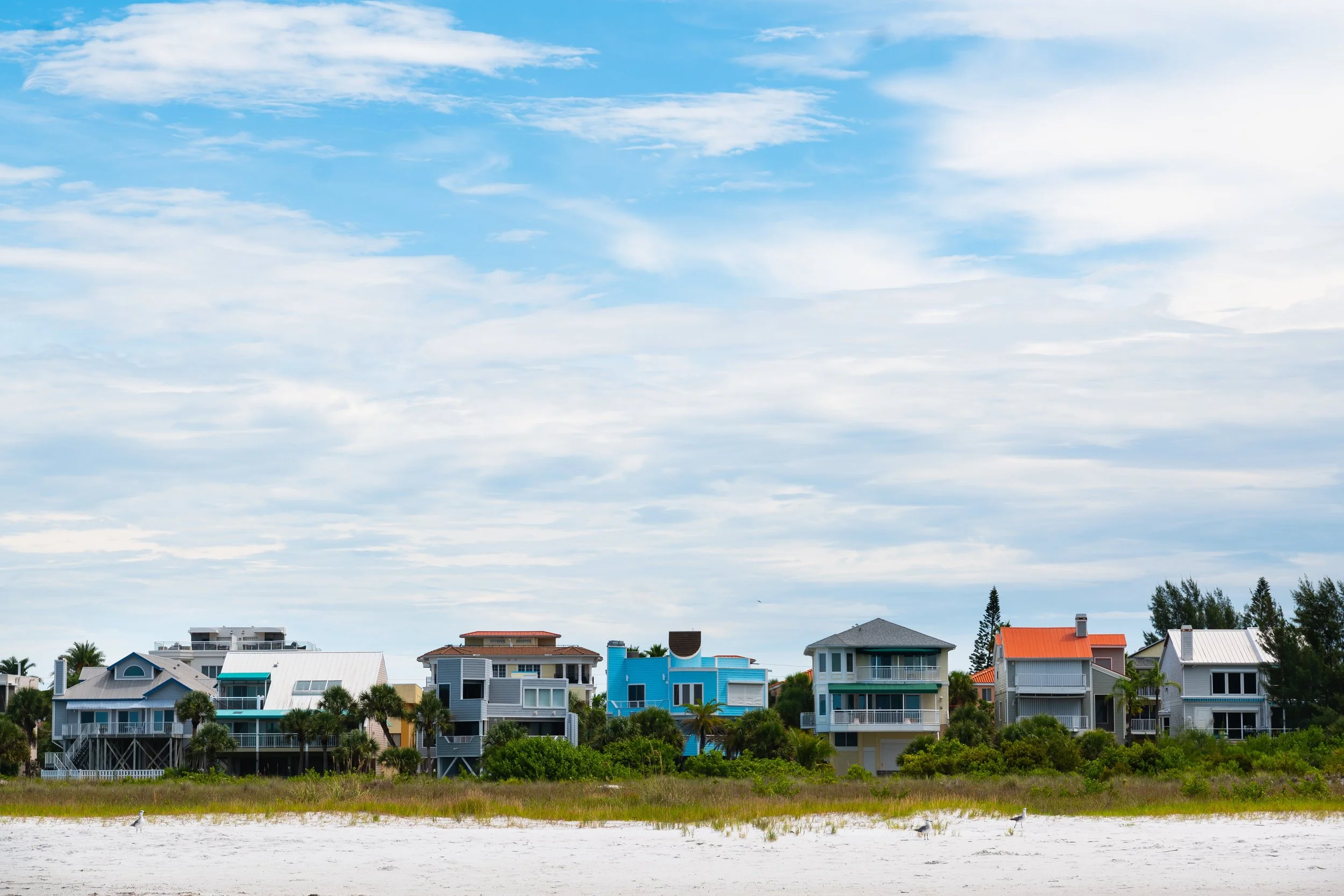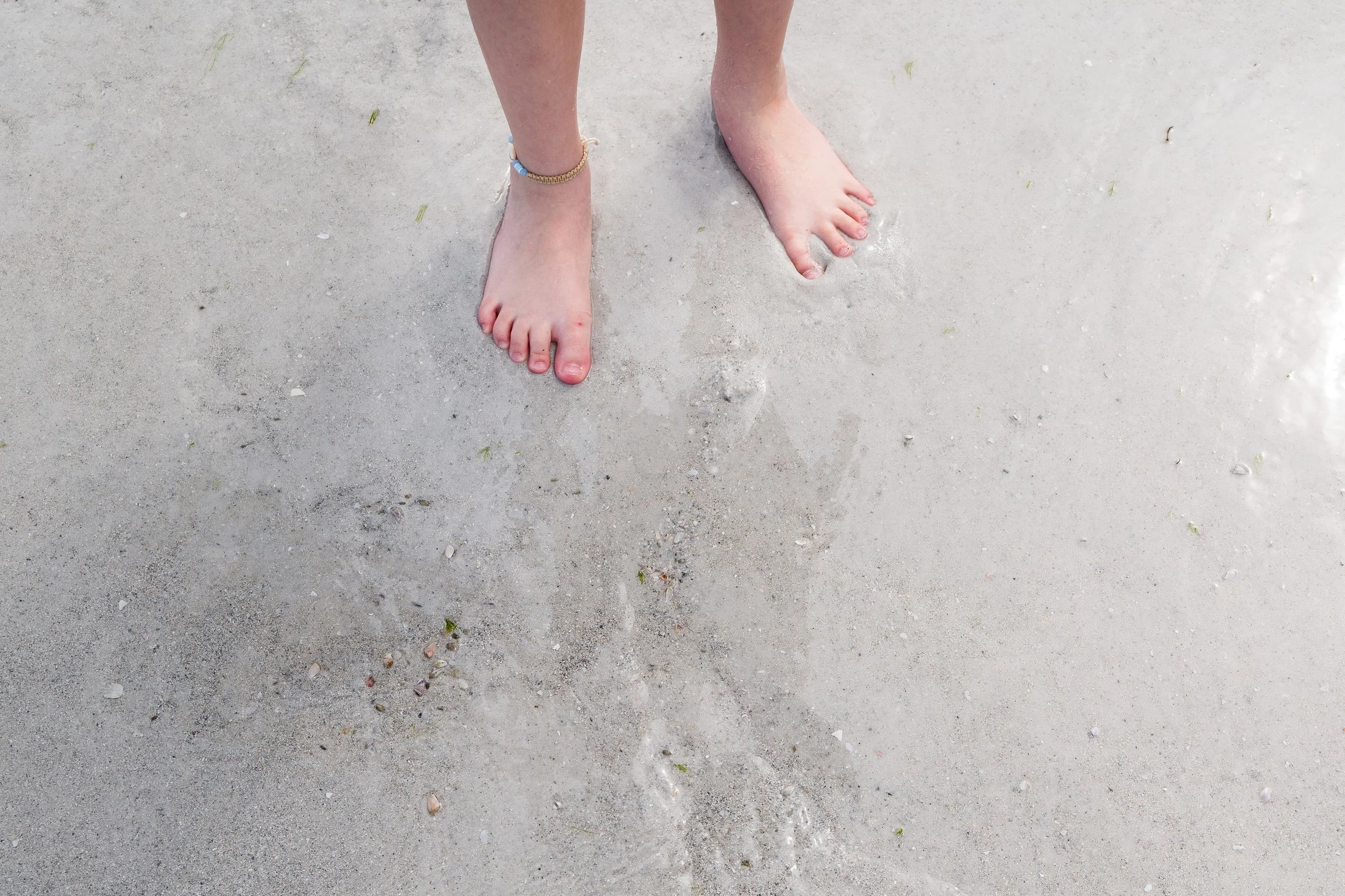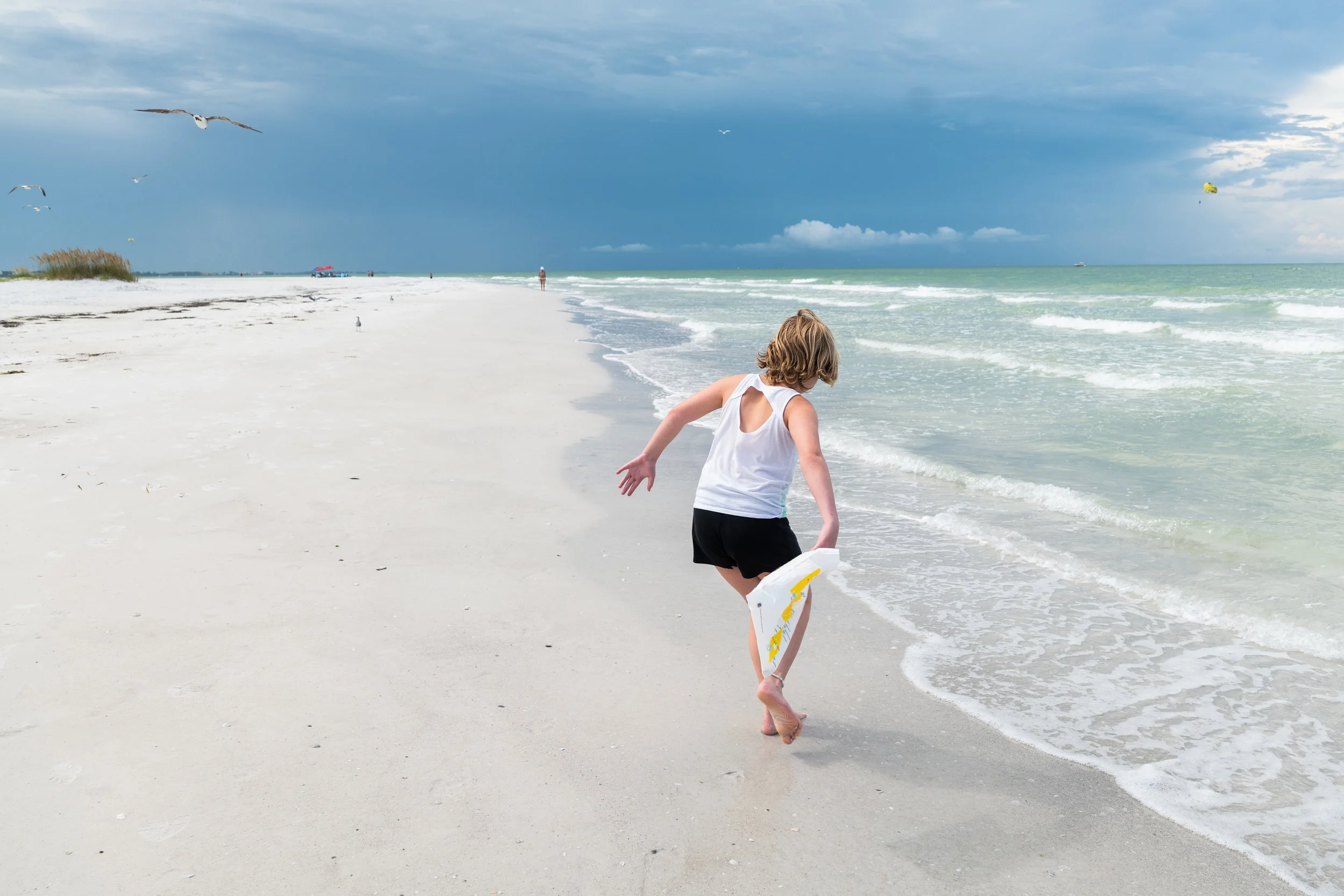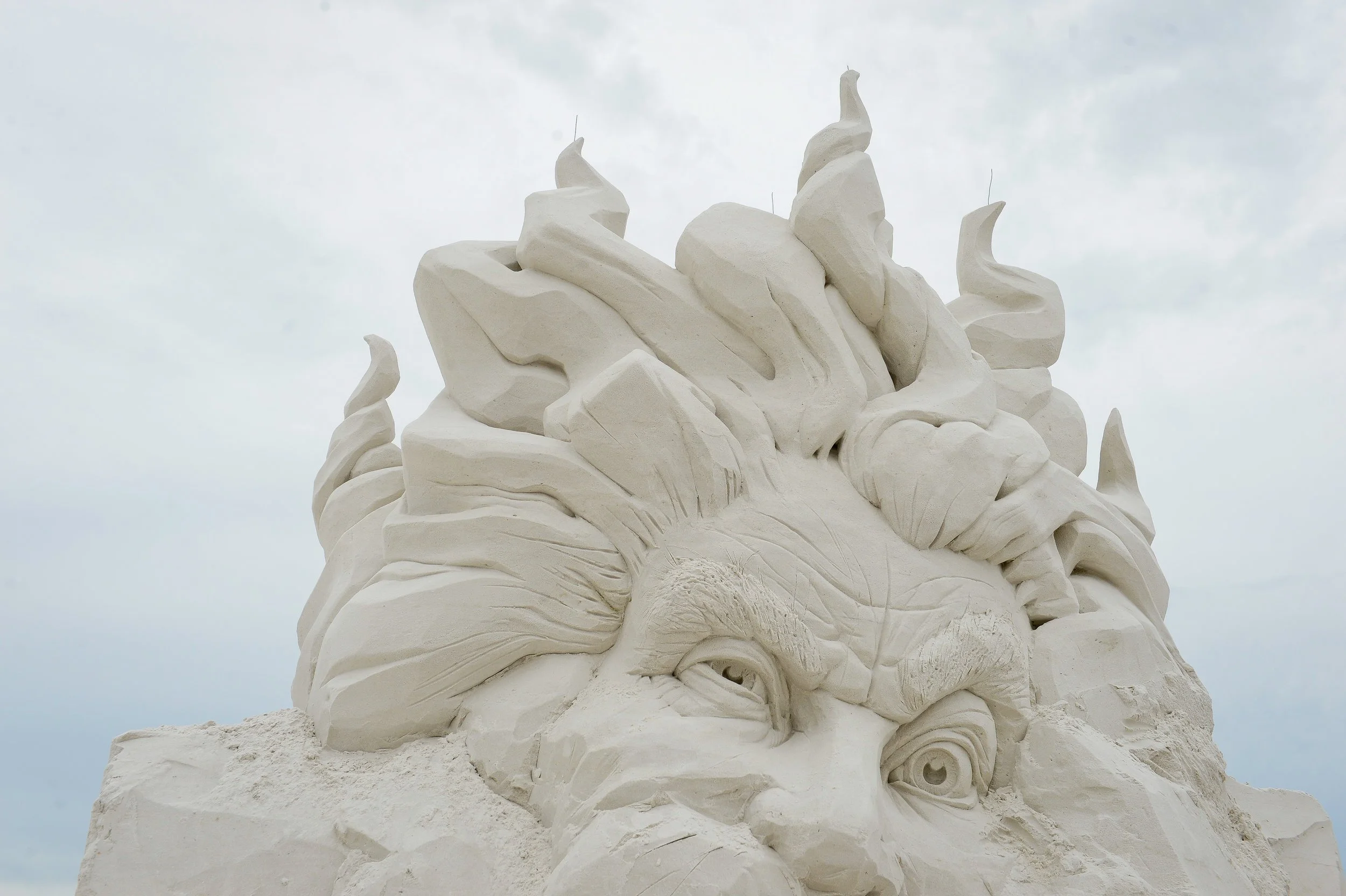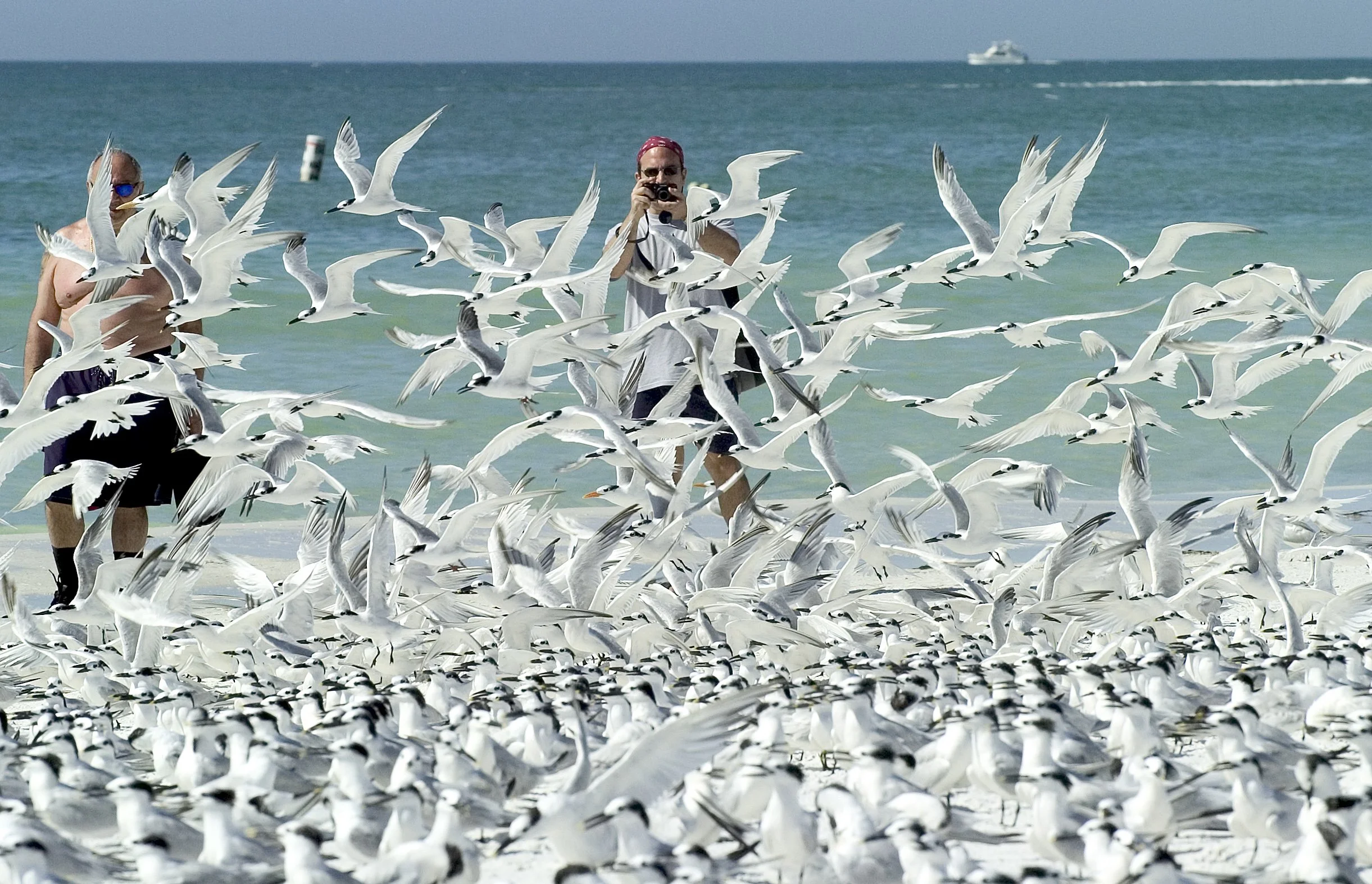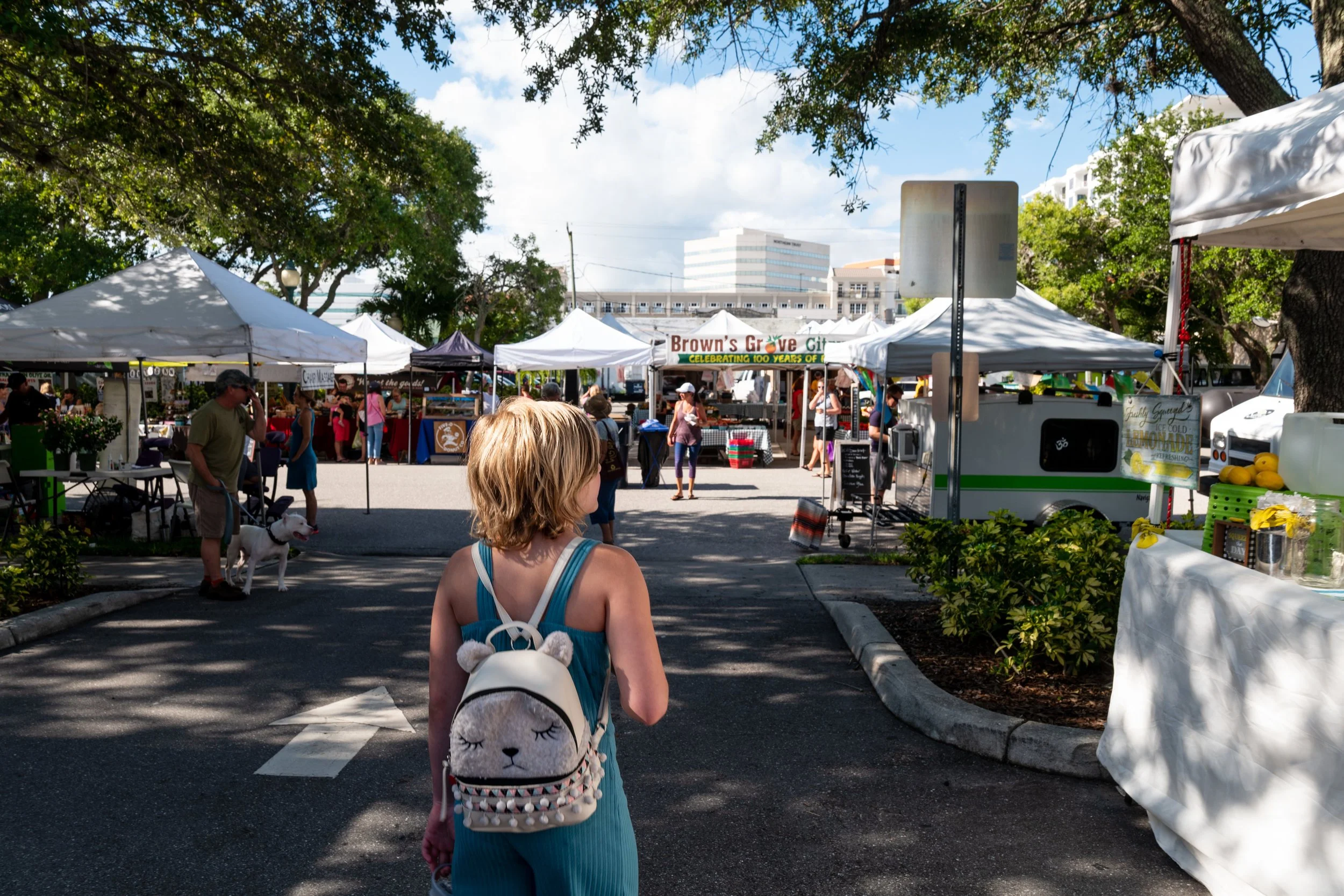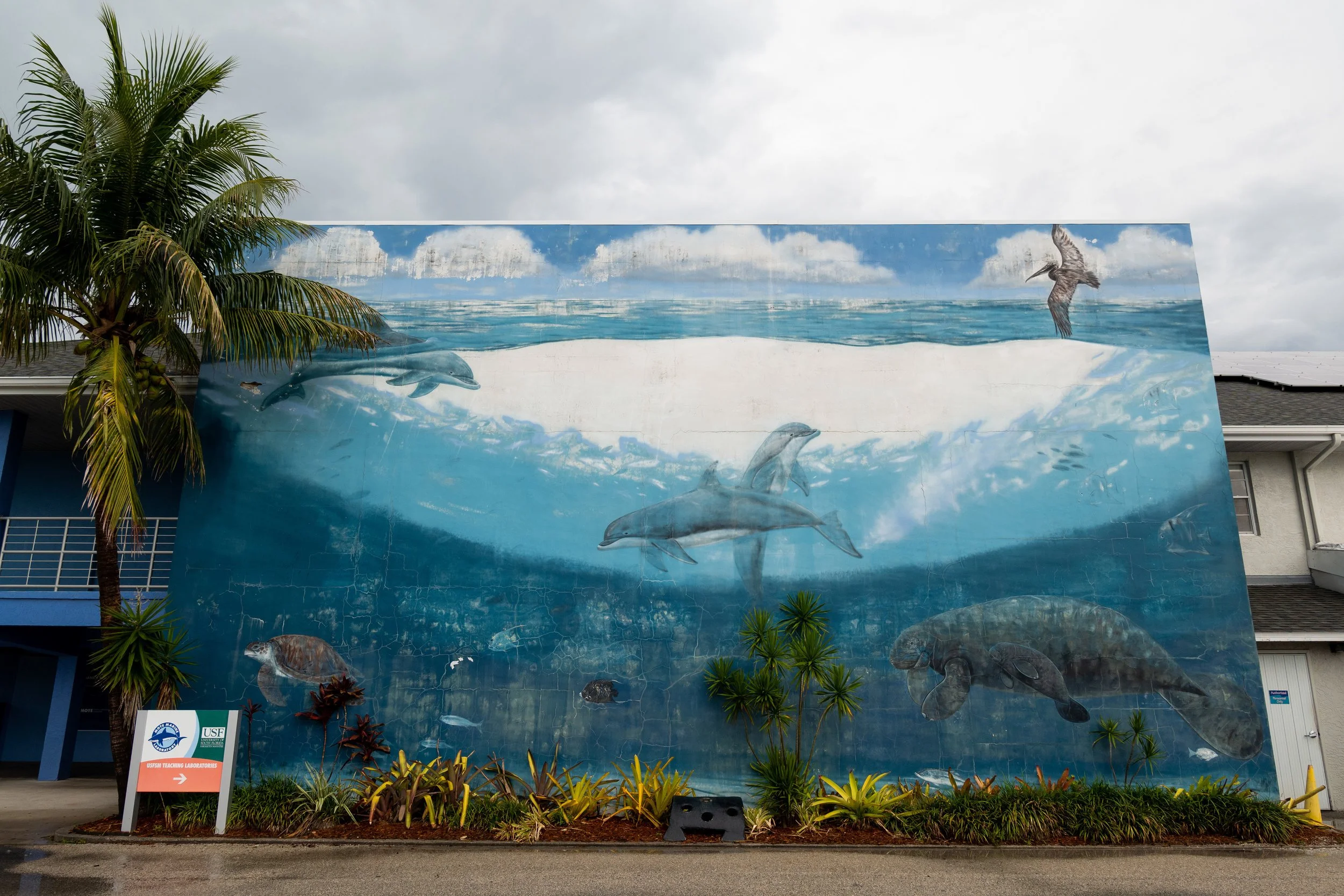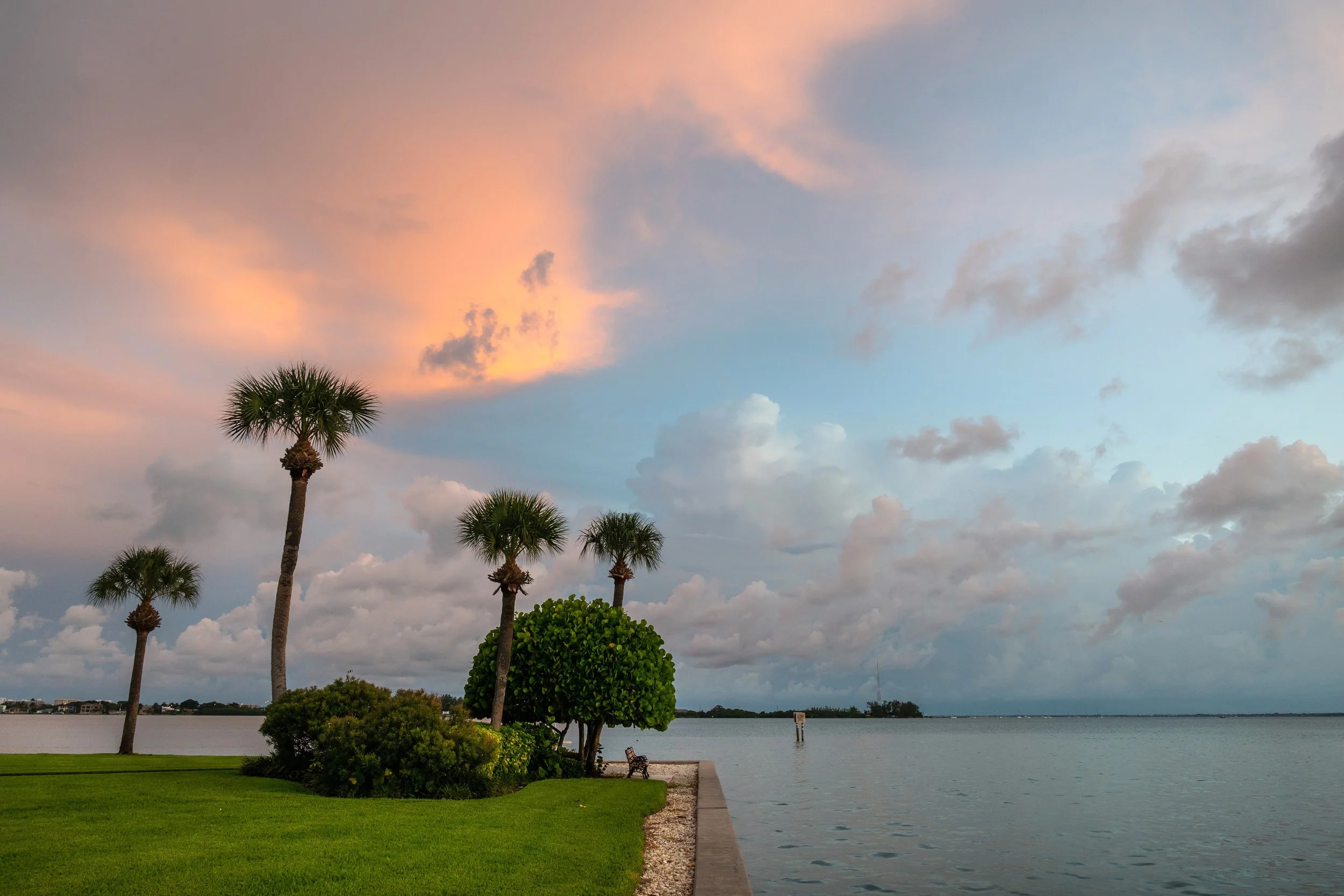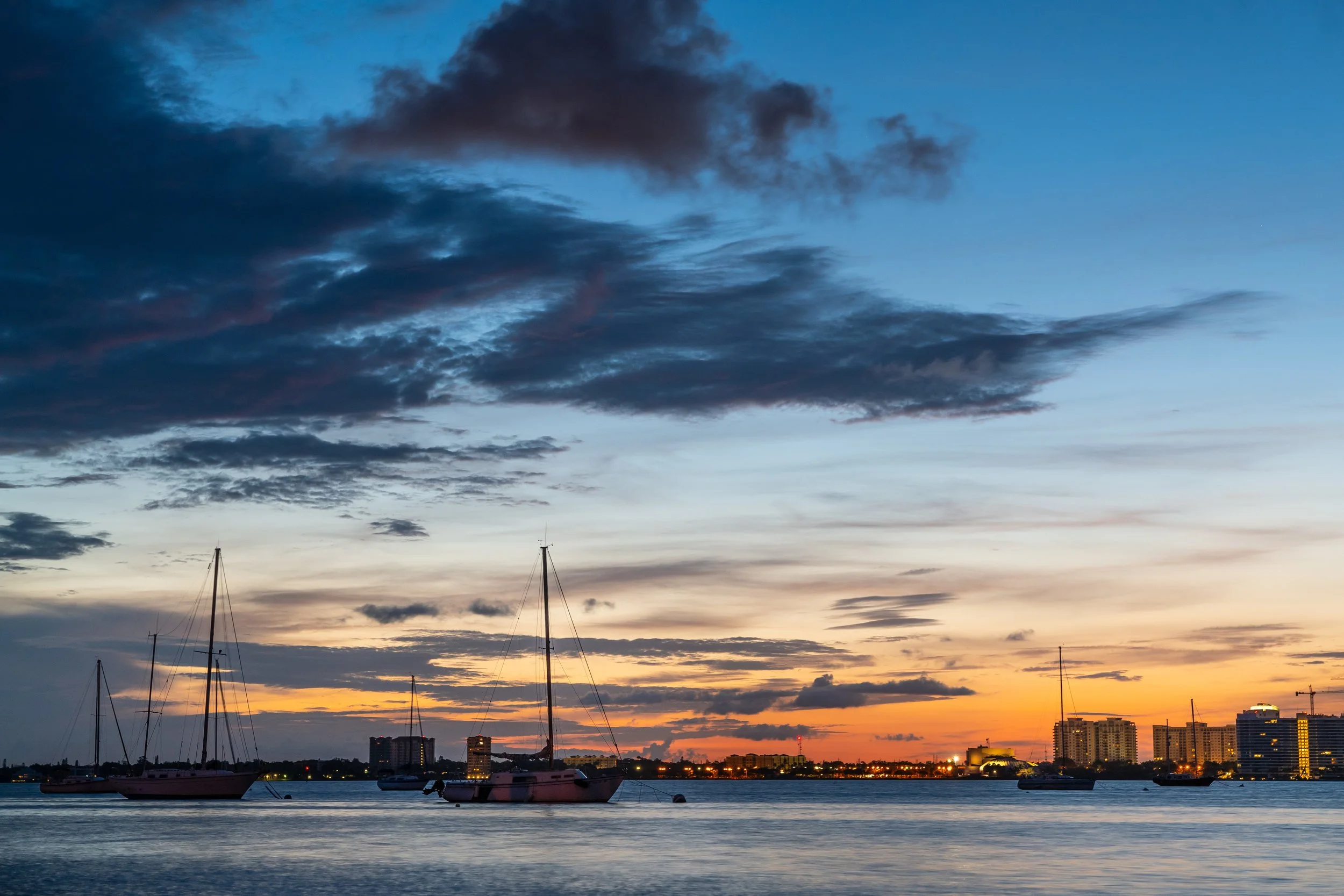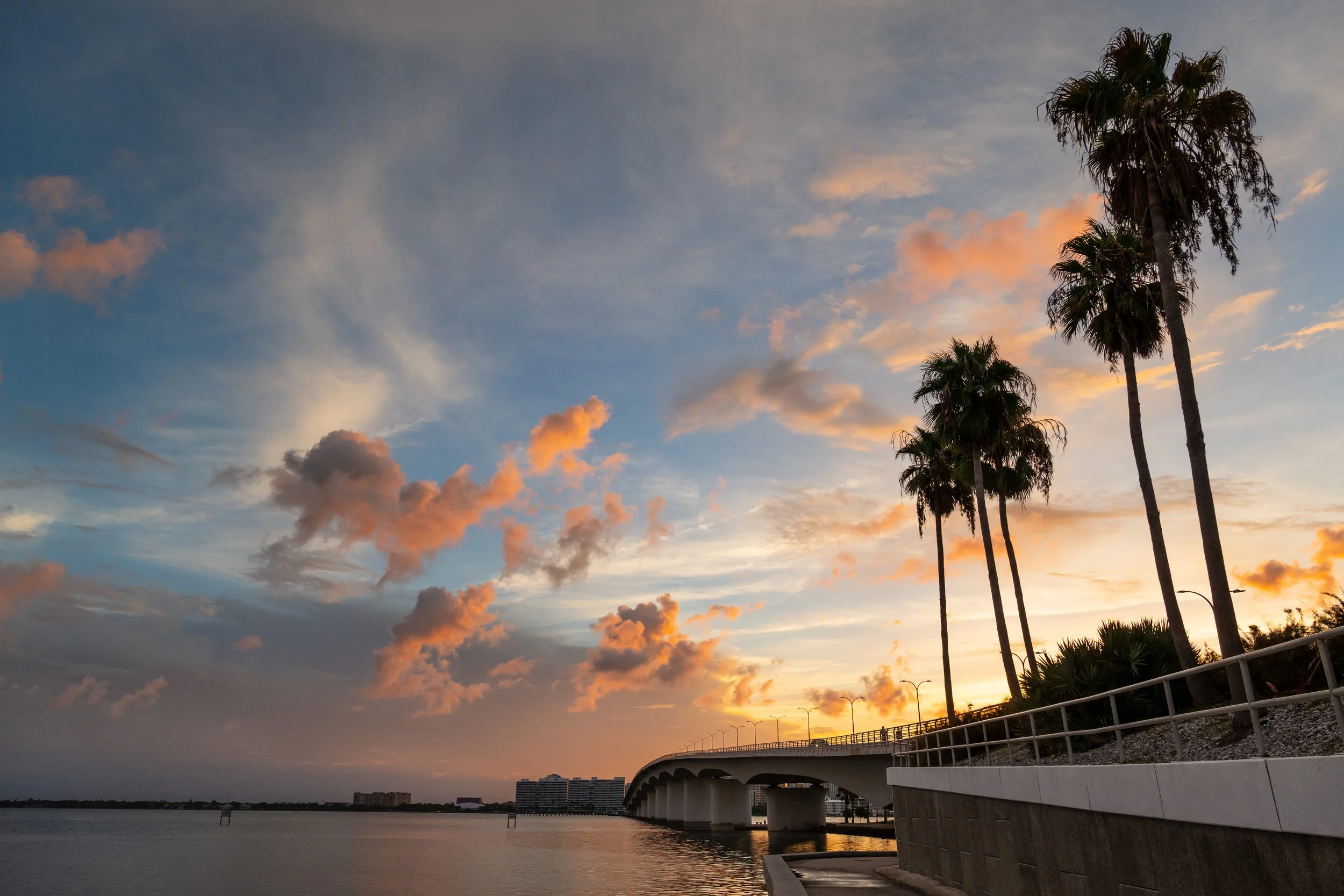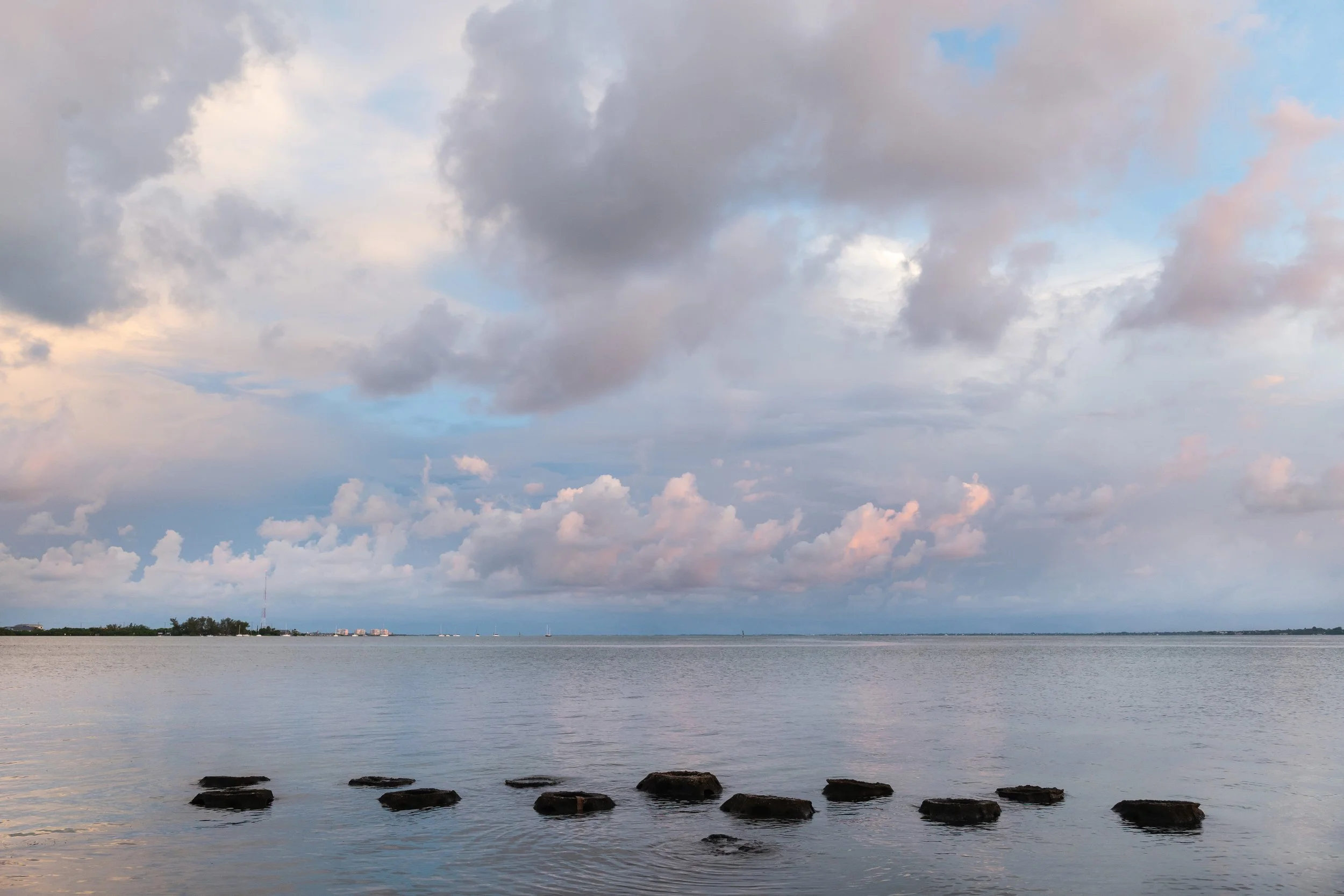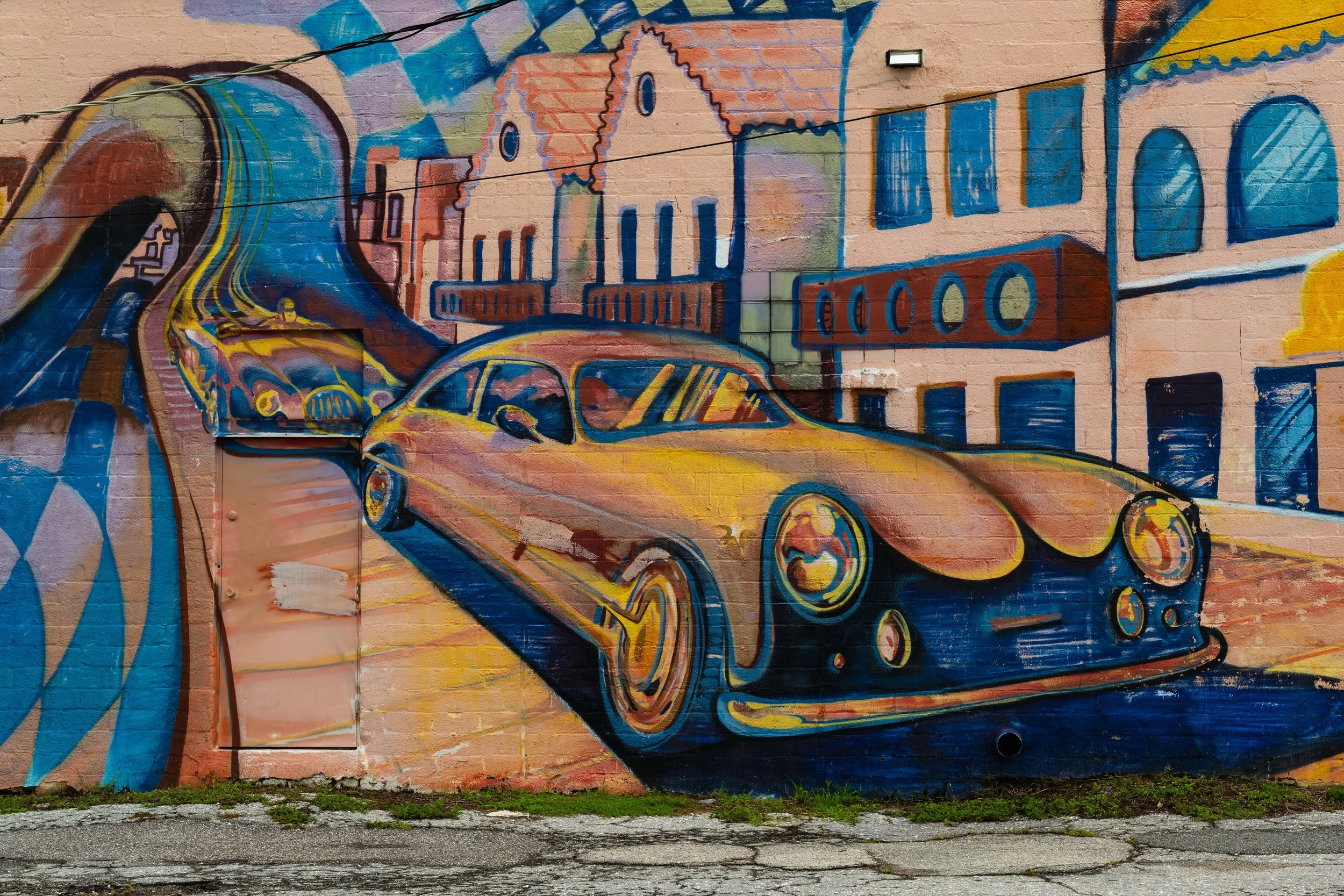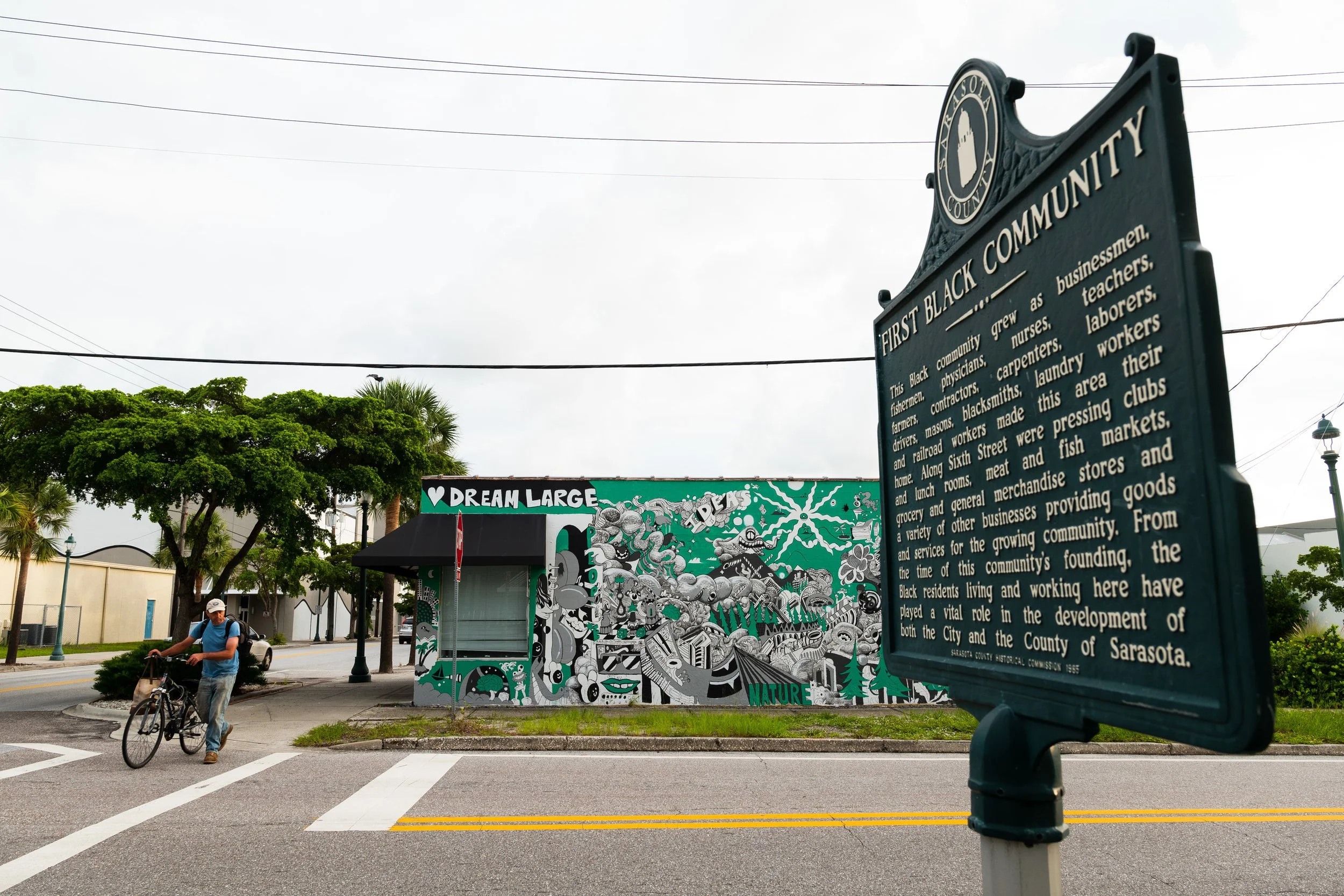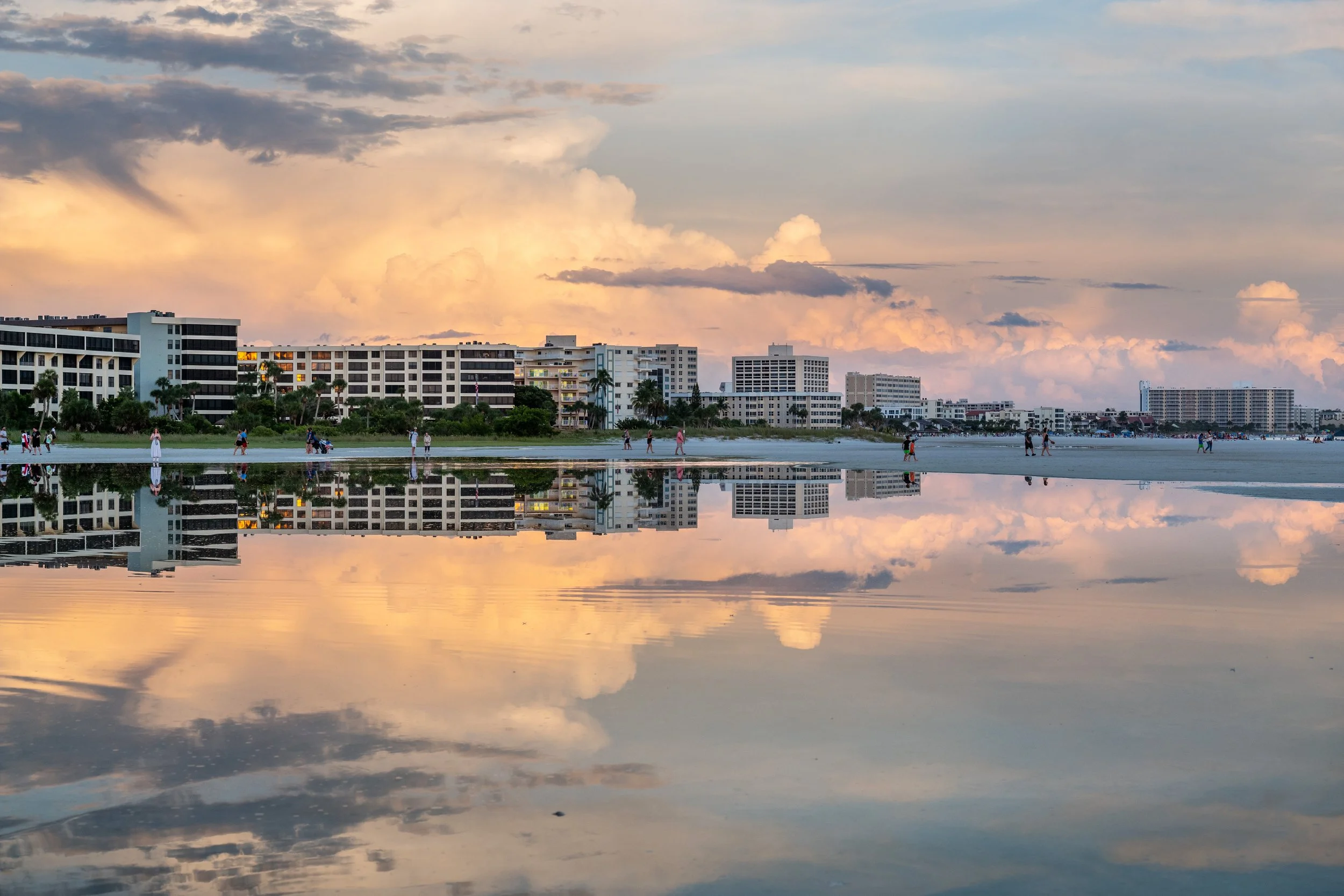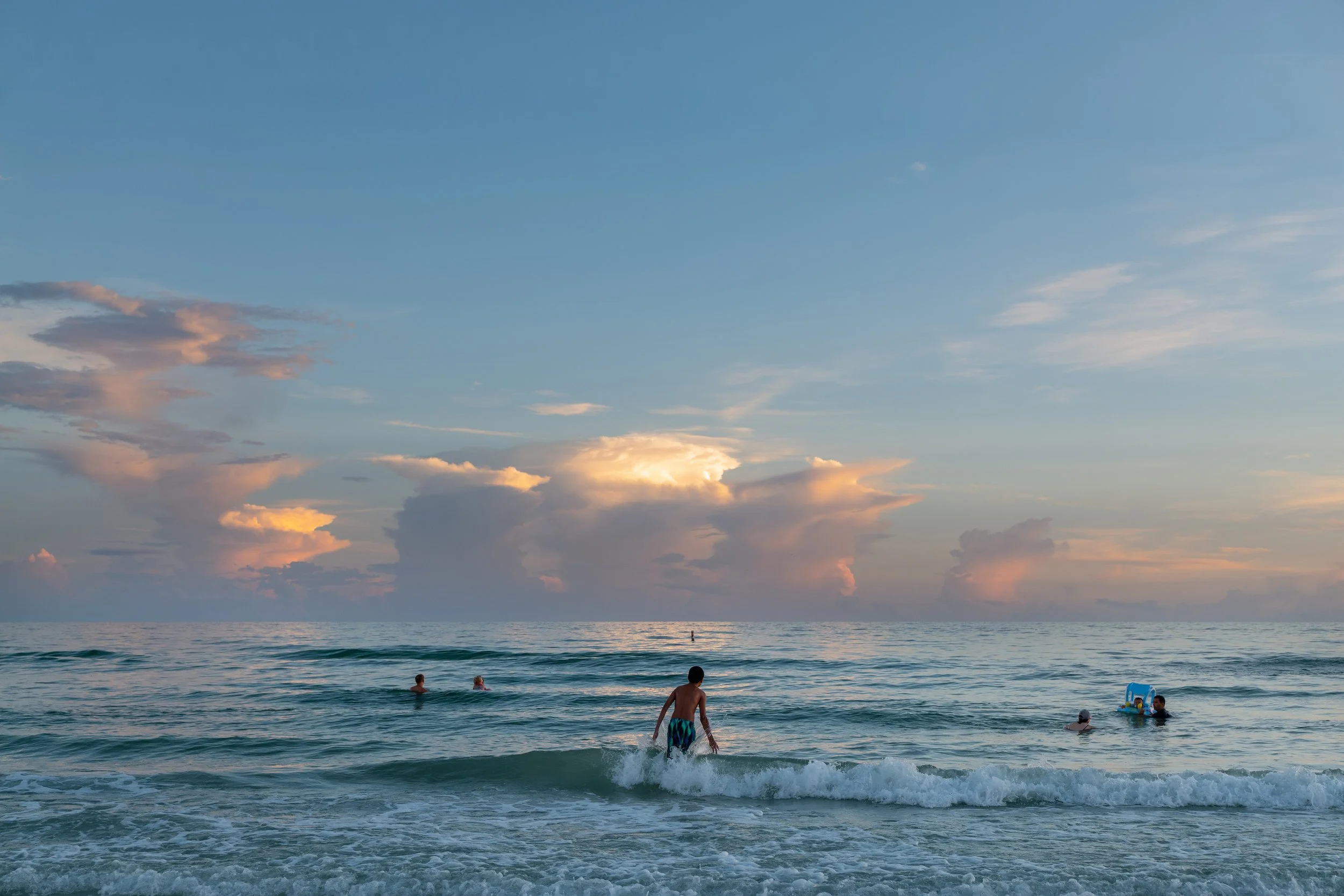Siesta Key, Sarasota, Florida
SEEING SARASOTA
How do you see a place anew, or can you, after you’ve laid eyes on it so many times before? Here are some strategies for playing tourist in a beloved destination you’ve frequented time and again.
September 2, 2019
Sarasota, Florida is an arts-centric city on the West Coast of Florida. It sits 100 miles up from the tidy wealth of Naples where Alligator Alley turns sharply east into the solemn swamps of the Everglades towards Miami. It’s also comfortably apart from Tampa Bay’s congested sprawl.
Its history is rich with stories of high-profile entrepreneurs like Bertha Palmer, Owen Burns, and Charles and John Ringling who believed and invested dearly in its early development. John Ringling loved the area so much that he relocated the entire winter quarters of The Ringling Bros. and Barnum & Bailey Circus to Sarasota from Connecticut in the early 1900s where they remained for 50 years, instilling a circus arts legacy that remains a prominent presence in the community today.
Today crowds descend on quirky events like the Sarasota Chalk Festival (imagine massive 3-D optical illusion chalk art from international artists that rise and sink from the pavement), the Siesta Key Crystal Class (sand sculpting), and the Sarasota Power Boat Grand Prix (a high-octane boating spectacle on a whole different level). A world-class rowing facility constructed in recent years has added to the global reach, drawing in competitors for its championship regattas.
And then, of course, there are the beaches.
Locals (and property owners) are especially proud to boast all the awards and international recognitions Siesta Key Beach has received. I’m equally guilty even from afar. Siesta Beach and its powdery cool sugar sand was named #1 Best Beach in America by Dr. Beach first in 2011 and again in 2017. It also received a similar accolade, #1 Beach in America by TripAdvisor Travelers' Choice™ awards for both 2015 and 2017.
But I know Sarasota differently, more personally. For me, it’s the place where I came to join my soon-to-be-then-husband in our dreams of rising to the tippy top of the photojournalism space. It’s the place where we went on to spend a decade working hard to tell stories for the Sarasota Herald-Tribune in a community we loved. It’s where we raised our two daughters. It’s where I was fortunate to spend many great moments with my father before he died.
And while it can be extremely helpful as a storyteller to know a place better than a newcomer, sometimes knowing it too well can be a hindrance. Seeing anything over and over even if it’s beautiful or crazy over-the-top unusual can have an unfortunate impact on how we see it, or even if we see it at all anymore. Upon repeat exposure to anything, we can start to glaze over the details, the autopilot in us kicks in, and what was once new and inspiring can seem humdrum and ordinary.
A former colleague warned of this once to a room full of newbie journalists, myself included, and also the importance of staving it off. He talked about how the sameness of our routines could sabotage our sharpness in reporting and how important it was to constantly try to see things anew.
I believe this to be so incredibly true that I’ve tried to keep that perspective with me ever since. But we’re all human, and complacency is just going to creep in sometimes even with the best intentions.
And when I returned to Sarasota this summer after moving away to Denver three years ago, I thought about this old advice that still rings true.
As a journalist, I filed over 9,000 images for the Sarasota Herald-Tribune. I’ve seen things that a tourist or snowbird or even a Florida staycationer will probably never see. Red tide fish kill cleanups. Dolphin monitoring with MOTE Marine. Sea turtle tagging. Beached sharks being dragged away. All the events that take place in a year’s time X 10. And those are just the normal(ish) ones. That doesn’t count all the murder trials and protests and everything else in between.
And I have to admit to the very real skepticism and cynicism that bubbles up amid what feels like aging wisdom. And I think to myself, maybe it’s not possible. Maybe we only get one chance to really see a place.
I don’t really believe this, of course. Perspective is everything, but your perspective changes over time. And sometimes you don’t always realize how much it has changed until something physical catches your attention. It can be an image of yourself from 5, 10, 15 years ago. It can be the unsettling shift in a Presidential term. It can be a random mural on the side of a building.
Below are two images taken over 10 years apart. One is from a routine assignment I shot for the newspaper (left); the second is from me revisiting the same spot at random more recently. It’s still the same mural in a lot of ways—touched up again, it looks like—but to me it’s a reminder.
A mural outside MOTE Marine Laboratory. The left image was taken in 2008 of the artist Wyland touching up his original mural from 1993. The image on the right was taken in 2019 on a return trip to the area.
If you’re like me, if you seek to find the curious little nuances in things, and if you like the idea of trying to see familiar places with a fresher perspective, consider keeping these monotony-busting deviations to your routine in mind.
Never drive the exact same way to work or the places you always frequent like the grocery store. Try to take as many different routes as you can and as often as you can, even if it means straying from your current route by a few blocks. Vary and repeat.
Walk. Sounds simple, right? But many times we don’t do enough of it. And touring a new place can never be seen with as much detail from a car window or a bus as it can from your own two feet. You won’t just see which neighborhoods are the most interesting. You’ll see the cracks in the paint. You’ll smell the bagels crisping in the oven. You’ll know which part of the sidewalk is unleveled by the roots growing underneath.
Look through a lens. I suppose most people aren’t doing this as much anymore because our smartphones have negated the need for a real camera. But if you have the means, it’s an essential practice. And it tends to separate you from every other selfie-taking dweeb out there. It’s a quieter and more intentional approach. You pause. You consider the most critical aspects of a photograph such as composition, moments, and light. It’s going to result in better images and a much richer experience.
Talk to people. Another basic-sounding thing, yet most of us hardly do it. We consult our phone screens in elevators and while we wait in lines at wherever. It seems we aren’t as comfortable or even interested in passing conversation anymore. I don’t know if it’s because the smartphone has connected us so firmly to our own little worlds that we’ve forgotten how to interact, but it’s a shame. Anyone who grew up before the age of the smartphone remembers this, the friendly, communication you’d engage in at random. You can meet some really cool people that way. Plus, they might just have a suggestion for your next adventure.
Try to experience a place at multiple times of the day. Whether you’re just visiting a place for two days or two years, it’s important to get out early and stay out late. Not all at once, of course. Photographers already know this well, but the best times of day (generally speaking) to make images are the hours around sunrise and sunset. Not saying you can’t make amazing pictures during the middle of the day—you absolutely can—but there’s nothing like low-slung warm light to transform a whole area into something spectacular and exceedingly memorable.
Carry a small Moleskine or notebook. This has long been a common practice for writers and creators of all sorts. At some point, if you’re paying attention, you’re going to hear something—a phrase, a mention of a place, or, hell, maybe it’s a term you don’t fully understand—that will inspire something else. I’m not saying it’s going to be the next great-selling novel. It could be. More than that, it’s about being in tune with the little passing things of this world. And it can definitely help with remaining inspired and even keeping some of those mundane feelings at bay.
I’ll add that taking the image below resulted in me getting SCREAMED at by a very irate, older woman. The park looked public enough, but she let me know it wasn’t and that I was trespassing. She let me know. That’s the risk you take sometimes wandering into new territories, but I have to say, it will almost always be worth it.


